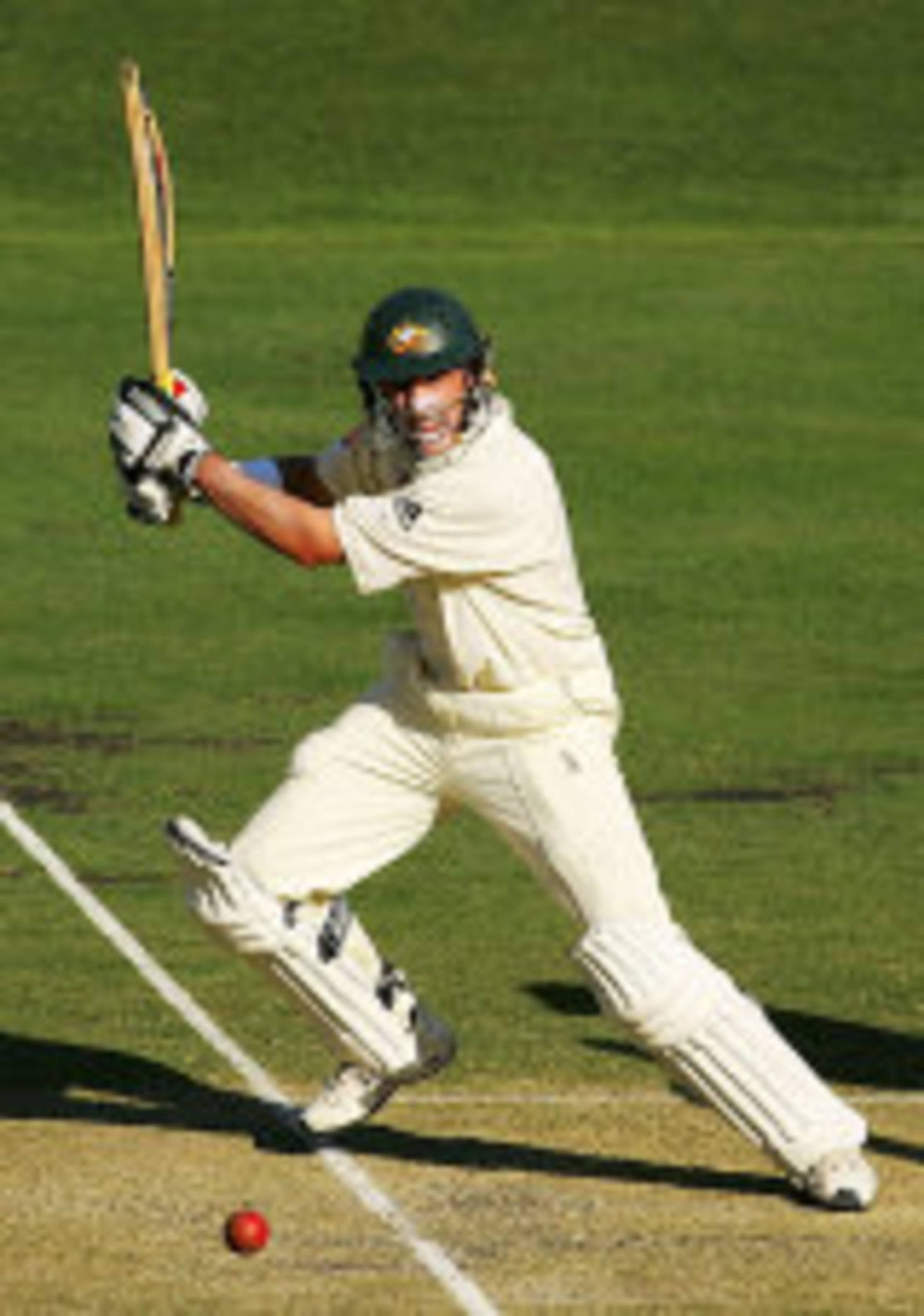Australia had two glaring weaknesses in the last Ashes series: their third seamers and middle-order batsmen. At the Gabba, England saw just how well they have fixed those holes.
Mike Hussey came in at no.5 and turned a possible turning point (198 for 3) into a walk in the park (407 for 4). He did it by approaching Test cricket the old-fashioned way, playing the percentages. Of the six major individual scores in the match, Hussey’s 86 was much the slowest. Happy to play a supporting role to Ricky Ponting, he faced 187 balls and hit only eight of them for four, even though he largely evaded England's big gun, facing just 20 balls from Andrew Flintoff. It was boring but effective. Hussey isn’t vice-captain yet, but this, just like his studious unbeaten 32 against England at Jaipur, was a vice-captain’s innings.
At 31, Hussey is older than the entire England team bar Ashley Giles. So is the new third seamer, Stuart Clark. Having waited their turn, both men have a breadth of view and a lack of ego that even a Pom can find appealing. Where Hussey is already an automatic choice, Clark could easily have been left out for Mitchell Johnson or Shaun Tait. By picking him alongside Glenn McGrath for the first time, the selectors sacrificed variety for steadiness, and risked duplication – attack of the clones.
Clark didn’t worry about that, he just got on with bowling line and length with a bit of nip and nibble. An aspiring commercial lawyer, he lived up to the stereotypes of his profession. He was greedy enough to help himself to quick runs: making a merry 39 is one thing, but getting it off 23 balls is as outrageous as a lawyer’s bill. Then, when he bowled, he was calculating enough to see that the cracks in the pitch, and the English psyche, meant that he could just keep it tight and let the circumstances do the rest.
Frugal in the first innings, solid in the second, Clark finished with match figures of 7 for 93. Even allowing for the fact that four of his victims were tailenders – and two were Matthew Hoggard, the world’s least threatening no.9 – this made a spectacular contrast with the men doing the same job in 2005. Australia’s assorted third seamers then (Gillespie, Kasprowicz and Tait) managed 9 for 504 in five Tests. England picked on them, taking a ruthless leaf out of the Aussies’ own book. Clark’s strong start means the bullies are going to have to look elsewhere this time.

